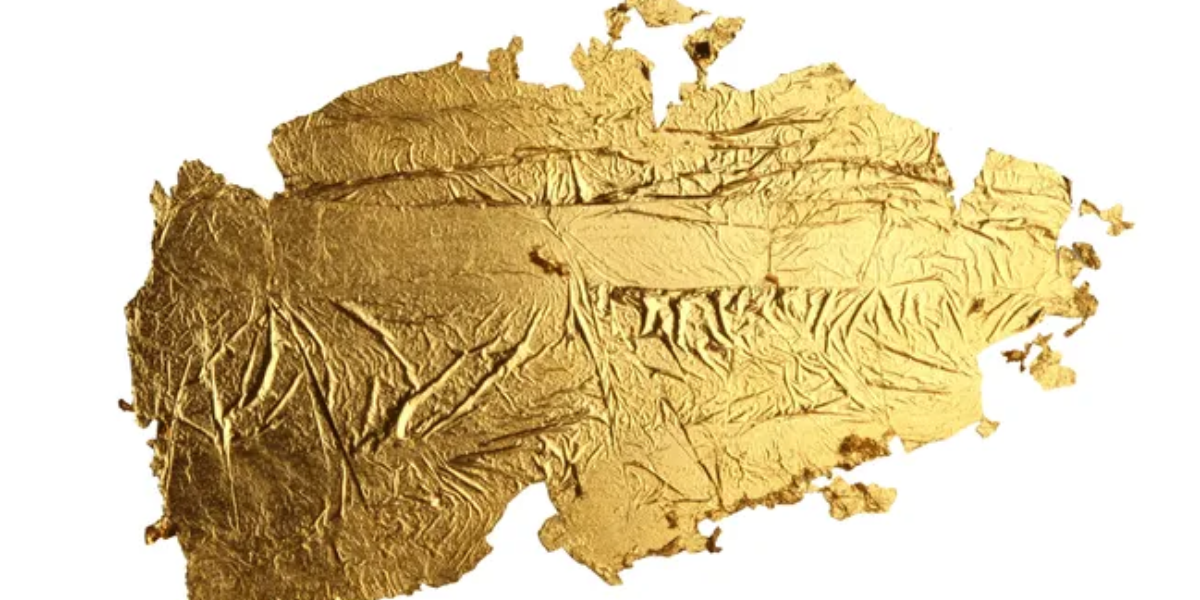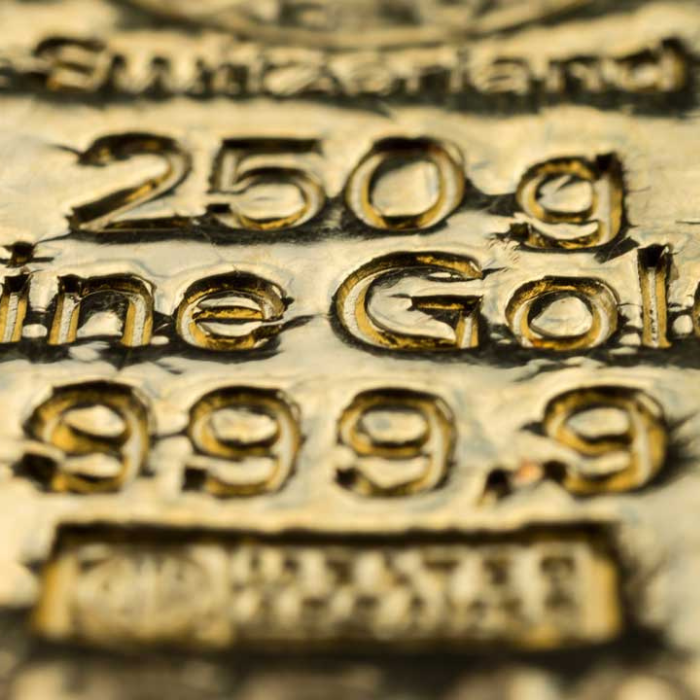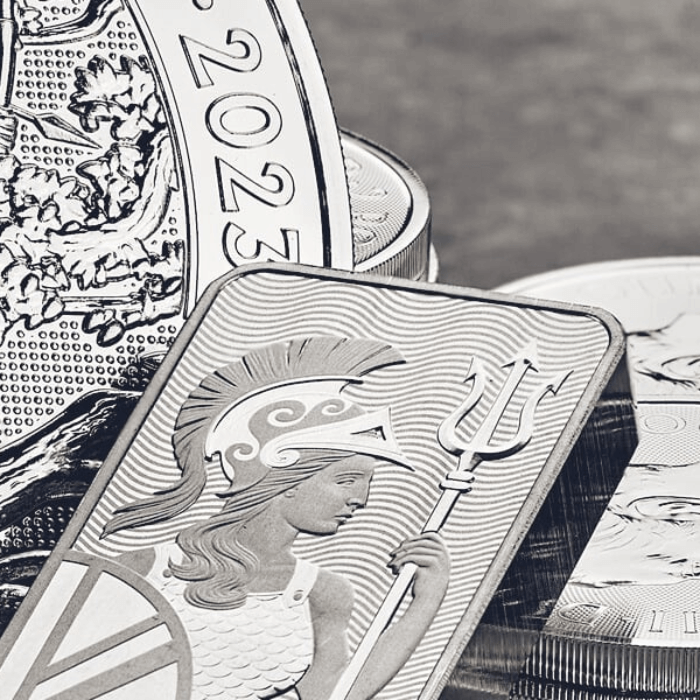
In this article by Live Science, we discover that scientists have created the world's thinnest gold leaf, which is just a single atom thick.
The new material, dubbed "goldene" could have important applications in carbon dioxide conversion and hydrogen generation, the researchers said. To make goldene, the team employed a 100-year-old technique used by Japanese iron smiths to isolate single layers of the precious metal. They reported their work in the journal Nature Synthesis on April 16.
Researchers are particularly interested in two-dimensional materials because of their unusual optical, electronic and catalytic properties. The extremely high surface area of these substances relative to their volume means they behave very differently than chemically-identical bulk solids, and numerous examples of 2D materials have been reported since the discovery of graphene in 2004.
However, most of these materials are prepared from nonmetals or mixed compounds, and creating single-atom sheets of pure metals is much more challenging.
Notes
The contents of this article are accurate at the time of publishing, are for general information purposes only and do not constitute investment, legal, tax or any other advice. Before making any investment or financial decision, you may wish to seek advice from your financial, legal, tax and/or accounting advisers.
This article may include references to third-party sources. We do not endorse or guarantee the accuracy of information from external sources, and readers should verify all information independently and use external sources at their own discretion. We are not responsible for any content or consequences arising from such third-party sources.




